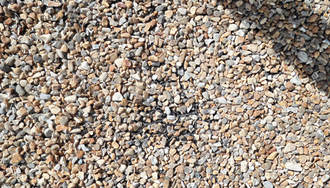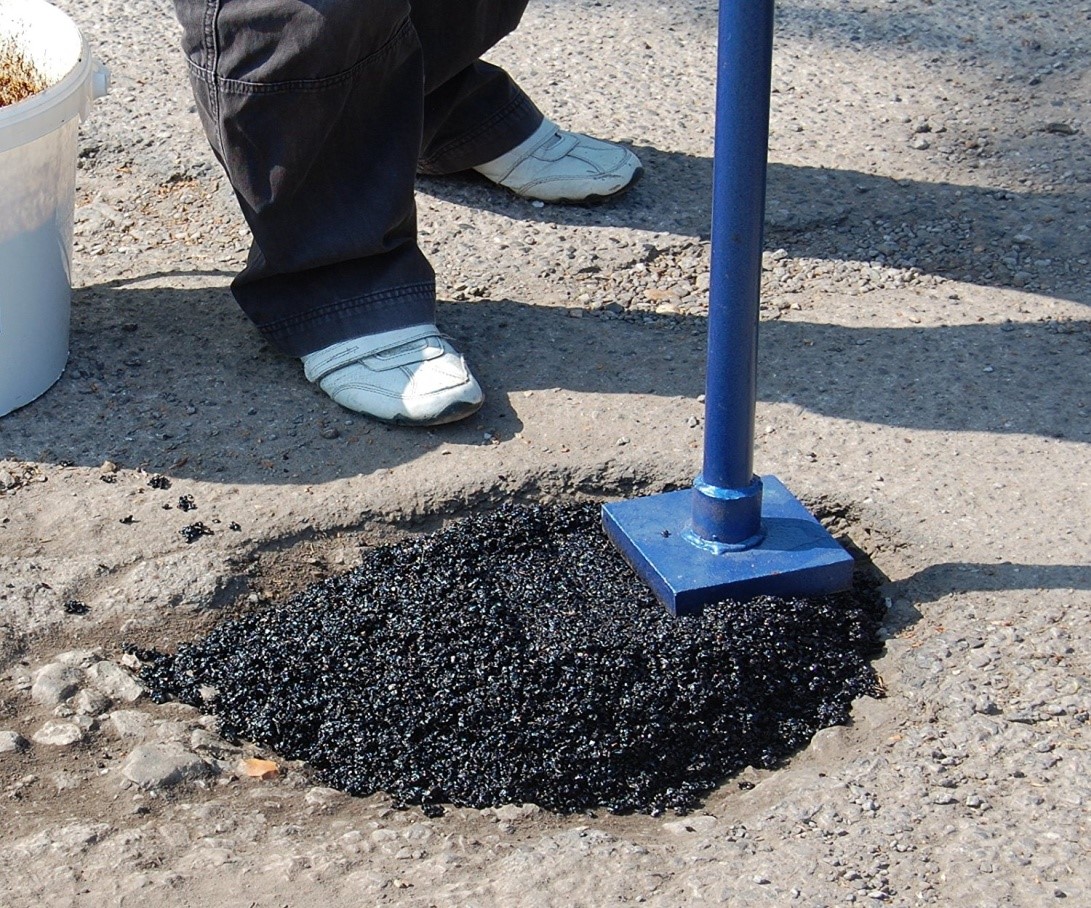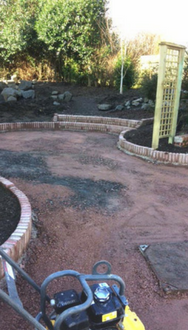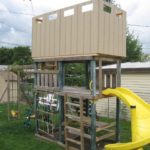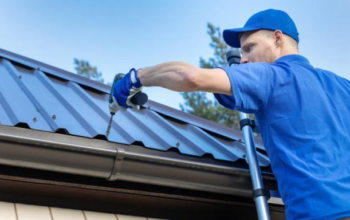Gravel driveway experts tend to agree that creating a smooth, even soil surface which is free of rocks and debris, and then adding plastic gravel grids, is really the key to ensuring the best level of stability. Layers of gravel should be placed over the gravel grids “underlayer”. Gravel grids may also be known as paving grids.
In general, five to seven layers of gravel are recommended as a topping for gravel grids. The gravel may be raked in order to create an even surface.
Gravel Grids Make Great Underlayers
If you’re considering the smartest way to build stable gravel driveways on slopes, we think that you should give some serious thought to buying these “honeycomb” gravel grids. They will add stability and also boost the amount of weight that a driveway can handle.
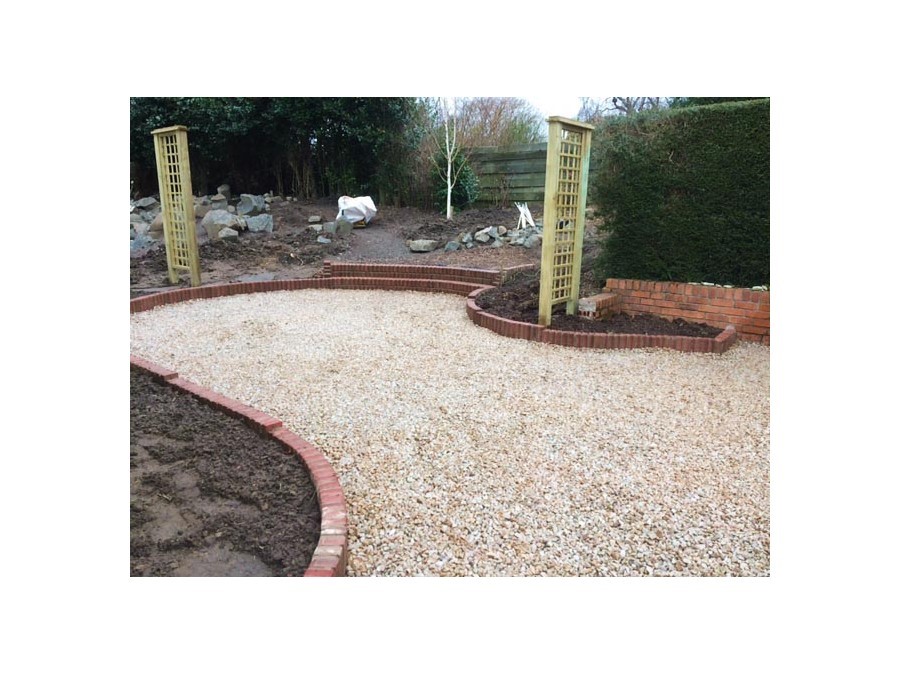 In addition, they deter weeds, so they provide a multitude of benefits at once and they are typically quite affordable and easy to install. When shopping for these gravel grids online, look for styles which are made from eco-friendly plastics and be sure to buy from a manufacturer with a strong and positive reputation.
In addition, they deter weeds, so they provide a multitude of benefits at once and they are typically quite affordable and easy to install. When shopping for these gravel grids online, look for styles which are made from eco-friendly plastics and be sure to buy from a manufacturer with a strong and positive reputation.
Today, we’d like to share more tips which will help you to build gravel driveways which are extremely stable.
Things to Think About
When gravel is utilized on a slope, there is a risk of gravel migration. This happens when gravel moves downward, towards the lower part of the slope. It doesn’t usually occur until a gravel driveway has been in place for some time. When gravel migrates, it’s harder to walk on and drive on. It gets deeper where it migrates and this is not a good thing!
Also, some forms of gravel tend to spark gravel migration more easily than others. For example, pea gravel or rounded river gravel are not the best choices for those who want to stop or minimize gravel migration. You’ll do better with chipping or angular gravel, which is less likely to migrate.
When gravel migration happens, gravel is lost. This tends to expose the underlayer in areas where gravel has been displaced. To combat this, you’ll need to add more gravel. It is typically a vicious circle. When you choose the right underlayer and then cover it with the right type of gravel, you will be doing all that you can to avoid or minimize gravel migration.
It’s well worth it to create a sub-base of plastic gravel grids and then cover them with angular gravel or chipping. So, choosing with care will be an important part of building stable gravel driveways on slopes.
Another issue to consider is that of potholes and ruts.
How to Deal with Potholes and Ruts
When gravel is lost, the sub-base is likely to be exposed, at least in spots. This often triggers pothole and rut development. A great underlayer of gravel grids will help to stop the problem, as will using a type of gravel which resists migration.
As you can see, it’s all about materials. The underlayer is a big deal and people who want to create stable driveways need to understand that skipping the underlayer in order to economize may lead to bigger expenses down the line. For example, they may have to keep buying new gravel in order to deal with migration, potholes and ruts.
If they start with a good underlayer of plastic paving grids, they’ll be able to create a tough and durable underlayer which helps to keep gravel in place over the long term. As well, they will make their gravel driveways more weed-resistant and so much stronger.
How to Start Building
To get the job done right, do some planning before you begin. For example, map out the placement of the sloped driveway and then mark it off with sticks and twine. Once you do so, measure it carefully. It will be very helpful to know the measurements when it’s time to order plastic gravel grids and gravel. Keep the measurements in a safe place and use them to figure out how much you need in terms of supplies.
After you do this, figure out how you’re going to clear and level the sloped ground, before putting down your underlayer and covering it with gravel. Some people do the job by hand and with simple tools, such as shovels and rakes, while others use large or small machines in order to grade the surface, so that it’s smooth, even and free of debris. If you need to buy tools or rent machinery, consider that expense when coming up with a budget.
Next, it will be time to get the supplies that you need. This means an underlayer and gravel. If you want to put a border down on your sloped driveway, be sure to buy material for that too, such as bricks or bigger stones.
Price supplies at different online retailers in order to get a good deal. It’s important to comparison-shop in order to avoid getting overcharged. You may be able to access quotes from local gravel supply companies and these quotes may or may not include the cost of delivery.
Once these steps are complete, you’ll need to create the foundation for your underlayer and then place layers of chipping or angular gravel on top. Once these steps are complete, you’ll have a stable gravel driveway which is sloped, as long as you used gravel grids for your underlayer.
Start Your Driveway Project Today
You deserve a great gravel driveway. Hopefully, our tips have helped you to understand what’s involved with creating this type of driveway and boosting stability. We believe that our tips are the best way to avoid the most common barriers to stability, including ruts, potholes and gravel migration.
So, plan your project today with our helpful tips from the experts in mind. Then, prepare to create a driveway which is perfect for your needs. If you’re going to outsource, request that the contractor create a sub-base made from plastic gravel grids.
About Author
About Fergus @MatsGrids
Mats Grids are suppliers of Ground reinforcement systems; grass reinforcement, gravel driveway and protection mesh for domestic and commercial landscaping projects. Our business mission is to become the UK’s leading supplier of groundwork, civil and landscaping products. Over the last few years, our company has grown to become one of the UK’s most reputable suppliers to these sectors and today we supply our range of products to thousands of businesses and end users within the UK and overseas.
Related Posts

Loves home. I am here to provide how to make your home a much better place. 🙂 Blogging about HomeDecor, Home Improvements and more.

